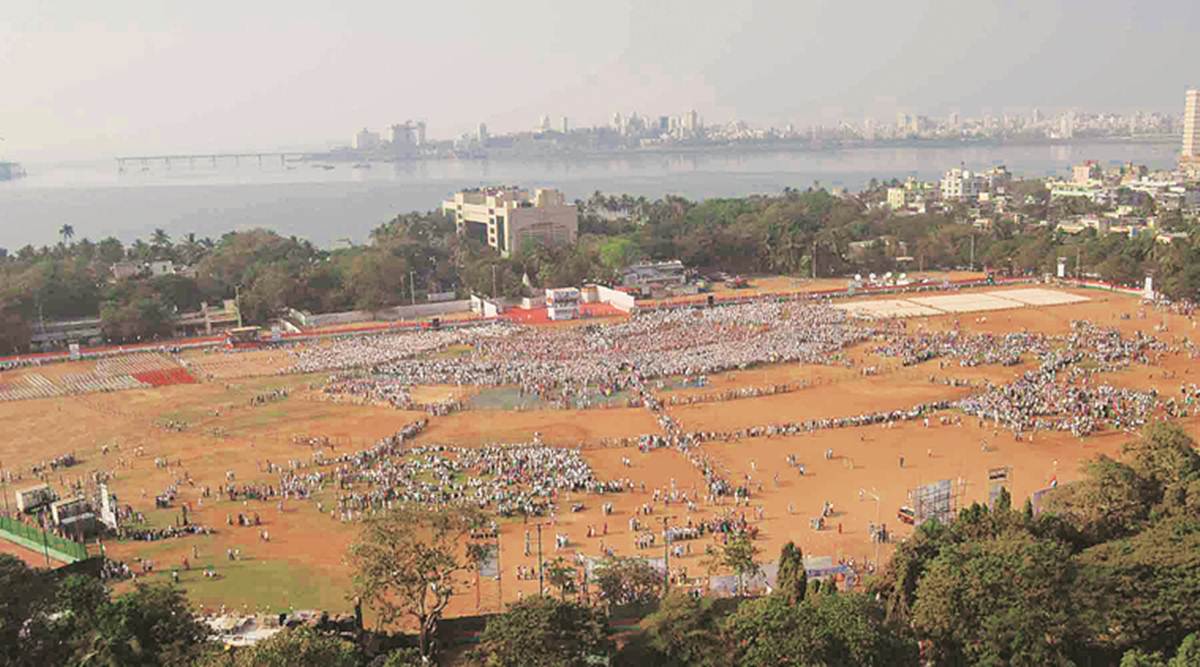Lata Mangeshkar memorial row: Shivaji Park resident files petition seeking no more cremations there
8:39 AM
Posted by Fenil Seta

Swati Deshpande (THE TIMES OF INDIA; February 12, 2022)
Mumbai: In the wake of Bharat Ratna Lata Mangeshkar’s cremation last Sunday at Shivaji Park, a resident of the locality on Friday filed a petition in public interest before the Bombay High Court, seeking directions to the state to not to construct any memorials at the park or use it as a cremation site in the future.
The PIL filed by Shivaji Park resident Prakash Belwade sought that the state be directed to formulate guidelines to protect the playground and preserve its “legal and historical, heritage-wise importance’’. It further sought “guidelines on public funerals and erection of memorials at alternate place and making necessary arrangements in advance’’.
The PIL stated that unless such reliefs are granted, the letter and spirit of section 37A of the Maharashtra Regional Town Planning Act would be lost, whereas guidelines framed would go a long way in protecting the ground, its history and preserve it as a place for future generations to hone their development as individuals and part of society. It would also enable the government to plan in advance in case of the unfortunate demise of “any great personality whose funeral would invite thousands.’’
The PIL said that in November 2012, the “public funeral and memorial of Balasaheb Thackeray had been done at Shivaji Park.’’
In 2016, the state issued a resolution declaring that Shivaji Park will be used as a playground, and set out what functions could be held there for, at best, 45 days in a year. But now, said the petitioner, “discussions are going on that memorial of Lata Mangeshkar shall be constructed at Shivaji Park”, hence the petition “to prevent violation of MRTP Act by showing the playground as a cremation ground and a memorial site.
The PIL made the BMC, Urban Development department and the Mumbai Metropolitan Region Heritage Conservation Society, as well as the collector and state, parties.
It cited the history of the park since 1918, stating that it went on to be renowned as the ‘cradle of Indian cricket’.
This entry was posted on October 4, 2009 at 12:14 pm, and is filed under
BMC,
Bollywood News,
Bombay High Court,
Lata Mangeshkar,
Prakash Belawade,
Shivaji Park
. Follow any responses to this post through RSS. You can leave a response, or trackback from your own site.
Subscribe to:
Post Comments (Atom)
Post a Comment